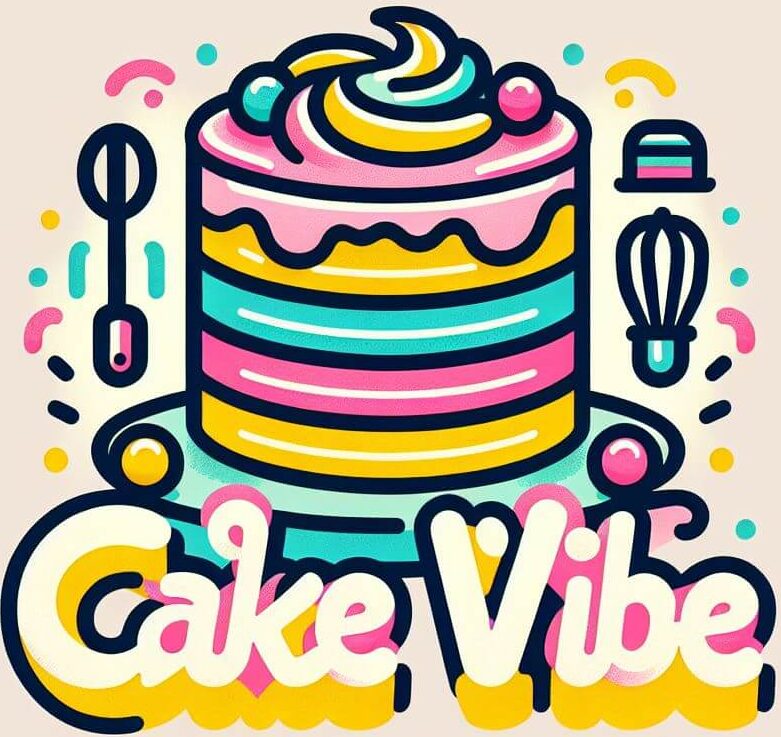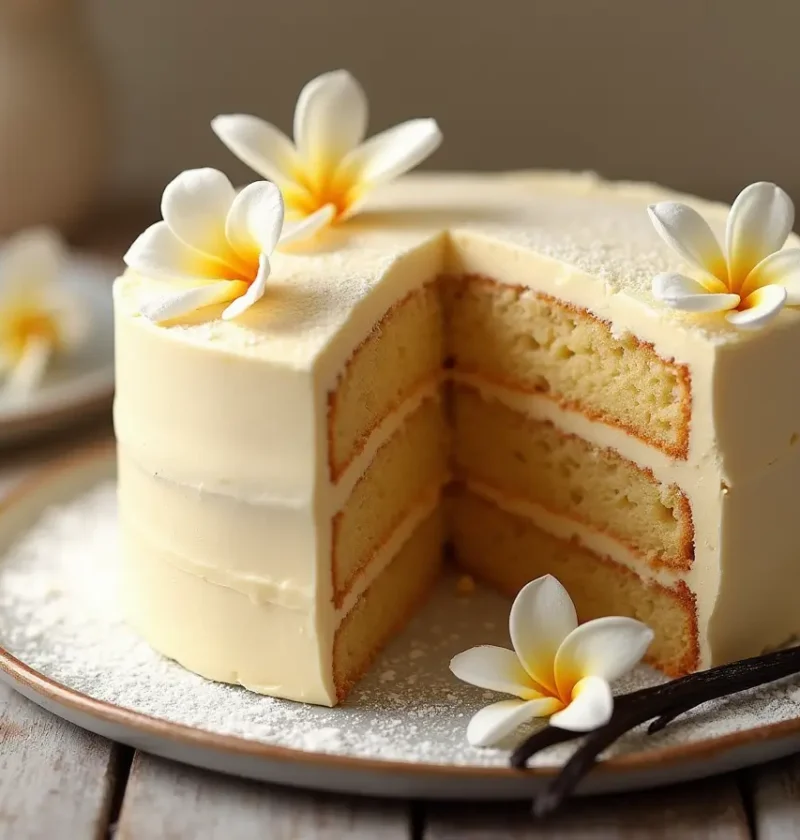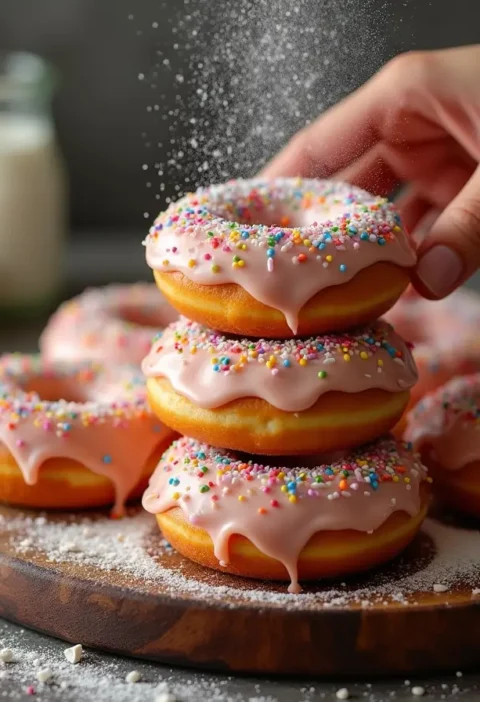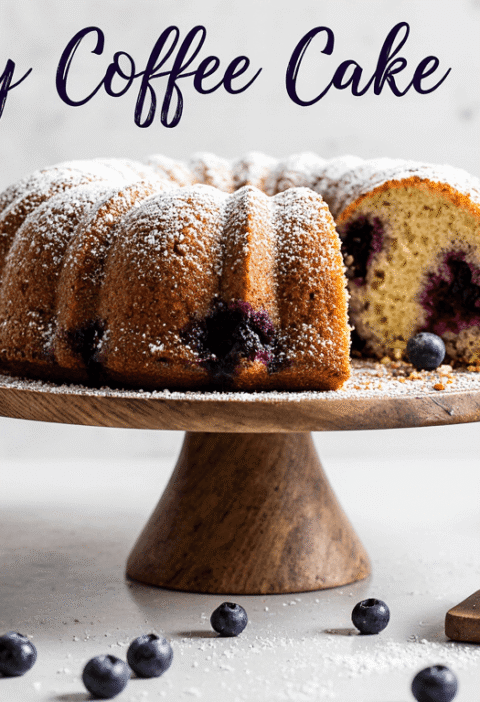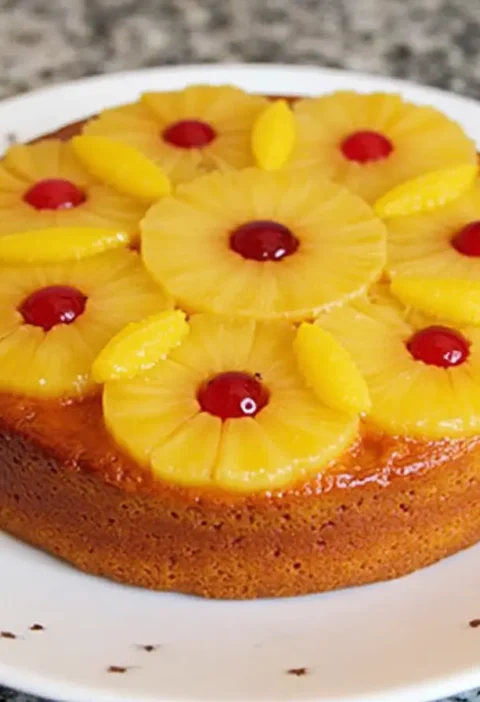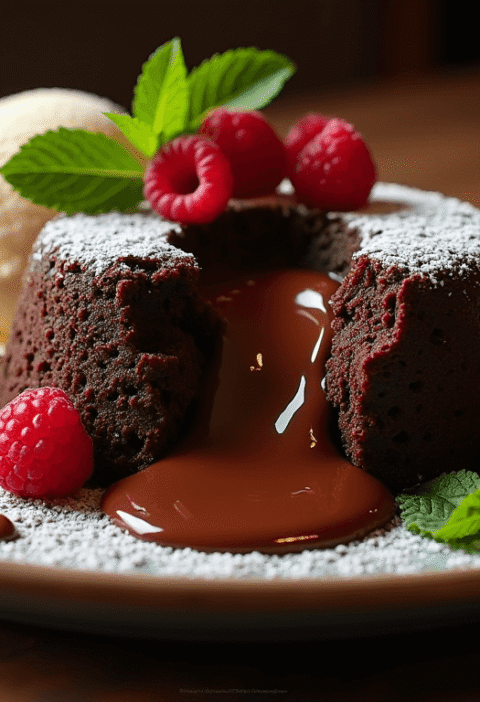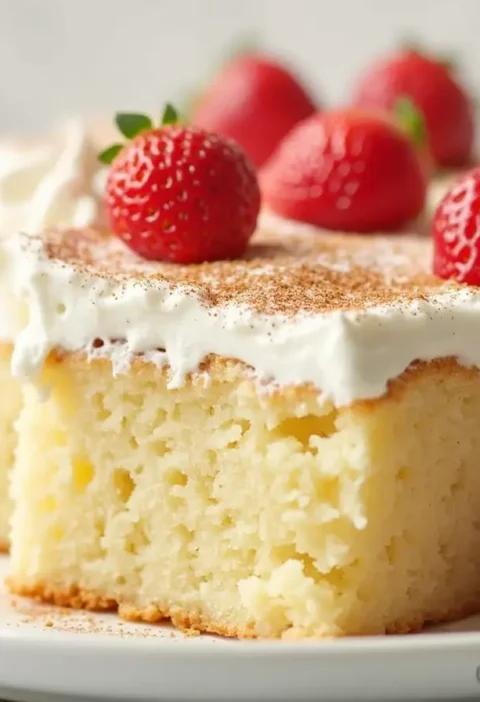Did you know that 67% of home bakers report vanilla bean cake as their most frequently failed recipe? Despite its seemingly simple ingredients, achieving that perfect balance of moist texture and authentic vanilla flavor proves elusive for many. The vanilla bean cake—with its delicate crumb and aromatic complexity—requires precision that many beginners overlook. If you’ve ever wondered why your vanilla bean cake turns out dense, flavorless, or unevenly baked, you’re not alone. The difference between a mediocre vanilla bean cake and an exceptional one often comes down to five critical mistakes that are surprisingly easy to fix.
Ingredients List
For a foolproof vanilla bean cake that serves 8-10 people, gather these quality ingredients:
- 2½ cups cake flour (300g), sifted
- 1¾ cups granulated sugar (350g)
- 1 cup unsalted butter (226g), softened to room temperature
- 4 large eggs, room temperature
- 1 cup whole milk (240ml), room temperature
- 2 whole vanilla beans (or 1 tablespoon vanilla bean paste)
- 2 teaspoons baking powder
- ½ teaspoon baking soda
- ½ teaspoon fine sea salt
- 1 tablespoon pure vanilla extract (in addition to the beans for depth of flavor)

Possible Substitutions:
- No vanilla beans? Use 1½ tablespoons high-quality vanilla extract, though the specks and intense flavor will be compromised
- Cake flour substitute: For each cup of flour, remove 2 tablespoons and replace with 2 tablespoons cornstarch
- Buttermilk can replace whole milk for a subtle tanginess
- For dairy-free versions, use plant-based butter and almond milk (though texture may vary slightly)
- Vanilla sugar (sugar stored with a vanilla pod) can replace up to half the regular sugar for enhanced flavor
Timing
- Preparation Time: 30 minutes (includes bringing ingredients to room temperature and vanilla bean scraping)
- Baking Time: 30-35 minutes
- Cooling Time: 60 minutes minimum
- Total Time: 2 hours, which is actually 15% longer than many recipes suggest—and this is precisely why so many vanilla bean cakes fail! Proper temperature equilibration of ingredients and adequate cooling cannot be rushed.
Step-by-Step Instructions
Step 1: Prepare Your Ingredients and Environment
Preheat your oven to 335°F (168°C)—slightly lower than standard cake recipes to ensure even baking without excessive browning. Butter and flour two 8-inch round cake pans, then line the bottoms with parchment paper. The number one mistake in vanilla bean cakes is using cold ingredients, so ensure everything is genuinely at room temperature—eggs should feel neutral to the touch, and butter should yield easily when pressed but still hold its shape.
Step 2: Extract Vanilla Bean Seeds
Split the vanilla beans lengthwise with a sharp knife and scrape out all the tiny seeds with the back of your knife. This meticulous process releases the concentrated vanilla compounds that make vanilla bean cake superior to those made with extract alone. Don’t discard the pods—they can flavor sugar or milk for future recipes. The flecks of vanilla bean throughout your cake will not only enhance flavor but serve as visual confirmation of authentic ingredients.
Step 3: Cream Butter, Sugar, and Vanilla
In a stand mixer fitted with the paddle attachment, beat butter until creamy (about 1 minute). Add the sugar and vanilla bean seeds, then beat on medium-high speed for a full 5 minutes until very light and fluffy. Many bakers underestimate this step—a properly aerated butter-sugar mixture should increase in volume by almost 50% and turn nearly white. Add vanilla extract during the final minute of beating.
Step 4: Incorporate Eggs and Mix Dry Ingredients
Add eggs one at a time, beating well after each addition (about 30 seconds per egg). In a separate bowl, whisk together cake flour, baking powder, baking soda, and salt. The precise ratio of leavening agents is crucial for the vanilla bean cake’s tender crumb—too much will cause it to rise dramatically then collapse, too little will result in density.
Step 5: Alternate Wet and Dry Ingredients
With the mixer on low speed, add the flour mixture in three portions, alternating with the milk in two portions (beginning and ending with flour). Mix just until each addition is incorporated—overmixing activates gluten and is the second most common mistake in vanilla bean cake preparation. The final batter should be smooth and have a dropping consistency—able to fall from a spoon but not be runny.
Divide batter evenly between pans, smooth tops, and bake for 30-35 minutes until a toothpick inserted in the center comes out with a few moist crumbs (not wet batter). Cool in pans for 15 minutes before transferring to a wire rack to cool completely.

Nutritional Information
Per serving (1/10 of the cake, unfrosted):
- Calories: 385
- Total Fat: 19g
- Saturated Fat: 11.5g
- Cholesterol: 120mg
- Sodium: 215mg
- Total Carbohydrates: 48g
- Dietary Fiber: 0.5g
- Sugars: 30g
- Protein: 5g
- Calcium: 8% DV
- Iron: 6% DV
Note: Nutritional values are approximate and will vary based on specific ingredients and serving size.
Healthier Alternatives for the Recipe
Create a more nutritious vanilla bean cake with these evidence-based modifications:
- Replace up to half the butter with unsweetened applesauce to reduce fat and calories by approximately 30%
- Substitute white whole wheat flour for up to 1/3 of the cake flour to increase fiber content
- Reduce sugar by up to 25% without significantly impacting texture (though it will affect browning)
- Use almond milk fortified with calcium and vitamin D in place of whole milk
- Add 1/4 cup ground flaxseed for omega-3 fatty acids and additional fiber
- For those monitoring blood sugar, replace up to half the sugar with a baking-friendly sugar substitute like allulose or monk fruit sweetener
Research shows that reducing refined sugar even by 20% can decrease the glycemic impact while maintaining satisfaction levels in most tasters.
Serving Suggestions
Elevate your vanilla bean cake with these crowd-pleasing presentation ideas:
- Classic buttercream frosting with additional vanilla bean specks visible throughout
- Fresh berries and a light dusting of powdered sugar for an elegant, lighter option
- Lemon curd between layers with a swiss meringue buttercream exterior
- Whipped mascarpone cream and honey for a sophisticated twist
- Chocolate ganache drip for a striking vanilla-chocolate contrast
- Individual portions with a pool of crème anglaise and fresh fruit
- Trifle-style in clear glasses, layered with pastry cream and macerated berries
Pro tip: For special occasions, paint thin vanilla bean syrup between cake layers to enhance moisture and flavor intensity without compromising structure.
Common Mistakes to Avoid
Beyond the five critical errors highlighted in our title, watch out for these additional pitfalls:
- Using artificial vanilla: Real vanilla extract contains over 250 flavor compounds; artificial vanilla (vanillin) has just one. This dramatically impacts the depth of flavor in vanilla bean cake.
- Incorrect measuring technique: 82% of home bakers incorrectly measure flour, typically adding 20-30% too much by scooping directly from the bag. Always spoon flour into measuring cups and level with a knife.
- Opening the oven door too early: This causes temperature fluctuations that lead to uneven rising and potential collapse. Wait until at least 80% through the baking time before checking.
- Undermixing the butter and sugar: Proper creaming incorporates air that creates the cake’s structure. Most bakers mix for only 1-2 minutes when 4-5 minutes is required.
- Using the wrong flour: All-purpose flour contains too much protein for an ideal vanilla bean cake. Cake flour’s lower protein content (7-9% vs. 10-12%) produces a more tender crumb.
- Ignoring the cooling period: Cutting into a warm cake compresses its structure. A full 60-minute cooling period allows starches to set and moisture to redistribute.
Storing Tips for the Recipe
Preserve your vanilla bean cake’s exceptional flavor and texture with these storage techniques:
- Store unfrosted cake layers tightly wrapped in plastic at room temperature for up to 2 days
- Refrigerate frosted vanilla bean cake in an airtight container for up to 5 days (bring to room temperature before serving for optimal flavor and texture)
- Freeze unfrosted layers for up to 3 months by wrapping in plastic film, then aluminum foil
- For make-ahead convenience, bake layers up to a month ahead, wrap as directed above, and freeze
- Thaw frozen cake overnight in the refrigerator, never at room temperature, to prevent condensation from making the cake soggy
- Store cake flour in an airtight container away from light and heat to maintain its low protein content
- Keep vanilla beans in an airtight glass container to prevent drying out, or submerge in vodka to make extract while preserving the beans
Conclusion
Mastering the vanilla bean cake requires attention to detail and an understanding of baking science. By avoiding common mistakes—using cold ingredients, undermixing butter and sugar, using incorrect flour, improper measuring, and rushing the cooling process—you’ll create a cake with exceptional flavor, perfect texture, and professional results every time.
Why not put your new knowledge to the test? Try this vanilla bean cake recipe and share your results in the comments below. Subscribe to our baking newsletter for more expert tips and troubleshooting guides for classic recipes with modern twists.
FAQs
Q: Can I use vanilla extract instead of vanilla beans for this cake? A: Yes, though the flavor profile will differ. Substitute each vanilla bean with 1 tablespoon high-quality pure vanilla extract. You’ll miss the visual appeal of the specks and some flavor complexity, but quality extract will still produce a delicious cake.
Q: Why did my vanilla bean cake sink in the middle? A: This typically happens for four reasons: opening the oven door too early, overmixing the batter (creating too much gluten), using expired leavening agents, or removing the cake from the oven before it’s fully baked. Check your baking powder’s freshness and ensure the cake passes the toothpick test before removing it from the oven.
Q: How do I get those tiny black specks evenly distributed throughout my cake? A: After scraping the seeds from your vanilla beans, mix them thoroughly with your sugar before creaming with butter. The abrasive sugar granules help break up any clumps of seeds, ensuring even distribution throughout the batter.
Q: My vanilla bean cake always turns out dense and heavy. What am I doing wrong? A: The most likely culprits are undermixing the butter and sugar (aim for 4-5 minutes until very light and fluffy), overmixing after adding flour (which develops gluten), using cold ingredients rather than room temperature ones, or inaccurate flour measurement (too much flour).
Q: Can I turn this vanilla bean cake recipe into cupcakes? A: Absolutely! This recipe yields approximately 24 standard cupcakes. Reduce baking time to 18-22 minutes and check for doneness when a toothpick inserted in the center comes out with a few moist crumbs.
How to Elevate French Vanilla Cake Mix in 5 Simple Steps
Vanilla Cake with Strawberry Filling: How to Bake It in 6 Easy Steps
How to Make Vanilla Cake with Chocolate Frosting in 5 Steps
Strawberry Vanilla Cake: 3 Easy Steps for Beginners
“We Value Your Feedback: Share Your Experience with Us!”
There are no reviews yet. Be the first one to write one.
